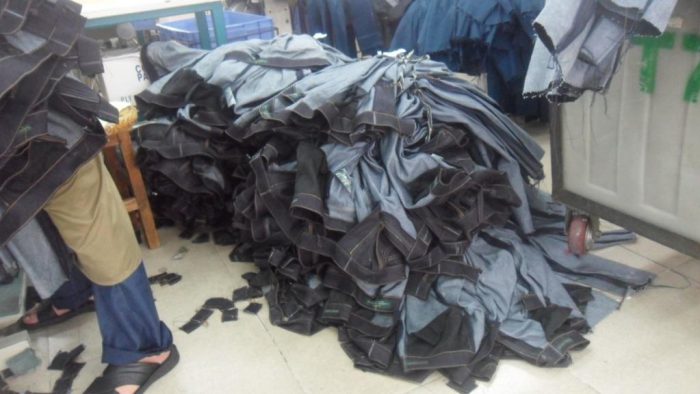So you say that it is more complex to sew a pair of chinos than to build a car? Think Lean please!
June 3, 2016

By Denis Noharet
I do not want to compare one business to another. I just wonder why, after more than 20 years in various lifestyle businesses and in several countries, I keep meeting business owners (CEOs, Factories Owners…) who tirelessly tell me their process, their business model, their product development department, their design… is too complex to be optimized?
How then to rank a new car development on the complexity scale? or a new computer? However, from a customer point of view, it’s now quicker to deliver a car from the assembly line than to deliver a pair of pants.
When I tell them that 34 minutes of sewing time cannot explain the 75 days required for delivery, they usually say: “well… we need 45 days for the fabric, you know” I say, “bear in mind than the steel process is not really quicker”, you know, my car analogy again…
And even if 45 days are required for the fabric, still we are talking about 30 days left to perform a 34-minute operation. Ok. I can agree to allocate an extra 1/2 hour for the washing, finishing, packing… What? You say a basic wash is 4 hours including drying? No problem. Let’s then give a couple of days for the entire process: cutting, sewing, washing, finishing and packing. And 45 days for fabric, without any optimization. This is now 47 days compared to 75… 28 days difference; 37% of the lead time to be eliminated. Sounds interesting?
We have demonstrated with several clients, after a value stream mapping exercise, that the usual lead times in the lifestyle business can be reduced by at least 50% without major investment in the process (no more machines, no robots, no alien technology ;).
React or die because if a millennial decides to spend her money on buying a pair of pants instead of attending the latest yoga seminar or eating at the hottest new raw bar, then you’d better have what she wants now, not in 75 days.
The wining retailers and brands, are already able to issue 6, 8, even 10 collections per year. Can you measure the huge amount of cash ($$$) frozen for ages when you order your summer production in May or June, to be delivered in January next year? And can you measure the cost of uncertainty (what will the best sellers be)? What extra business could you generate if you could fulfill the demand on best sellers without losing any sale? What is the cost of end-of-lines? What part of the new collection will you sell full price? What part will you be forced to discount to clean up the shop floor for the coming new collection? You miss the hit color of the season and it’s too late to order? Well, that’s too bad…
There are so many examples of dormant value in the lifestyle supply chain that most of the retail prices are nowadays 6, 7, 8 (and even more) times the FOB price of the items just to cover for the waste. And believe me, when your FOB is 10 USD, and your retail is 70 or 80 USD, it is a misconception to consider the difference as added value. It’s the phenomenal amount of waste the majority of players are burning to feed an overwhelmed system. R.I.P.

